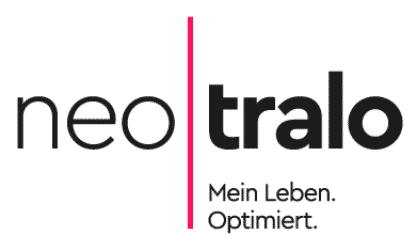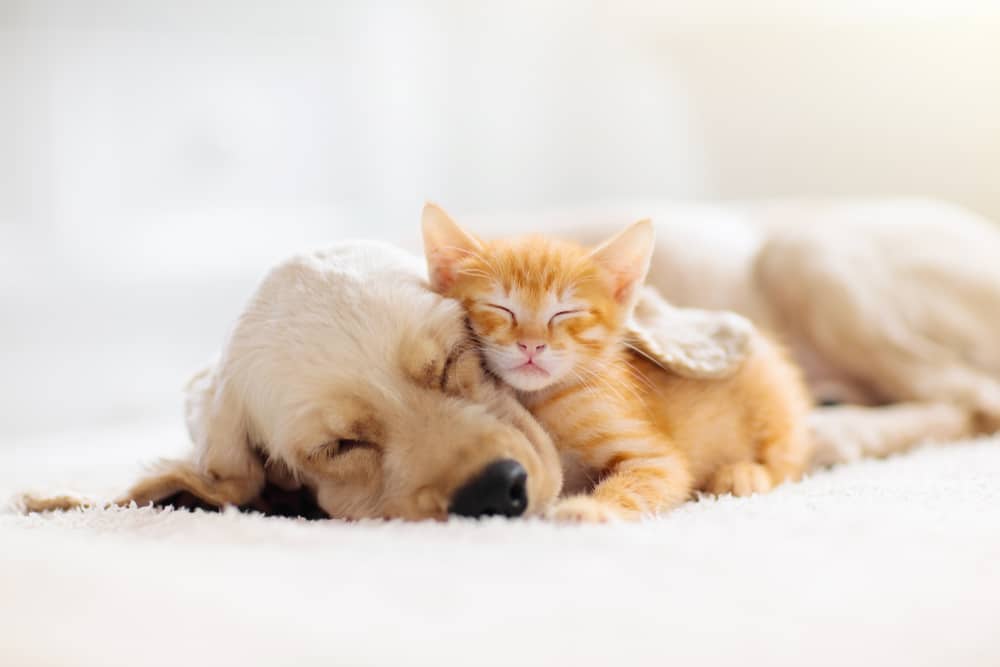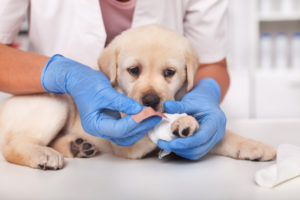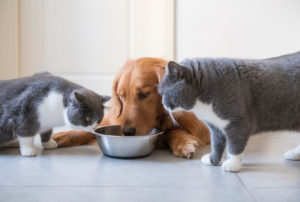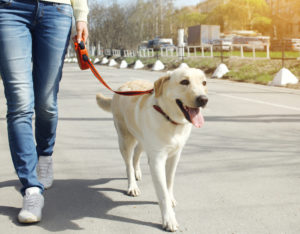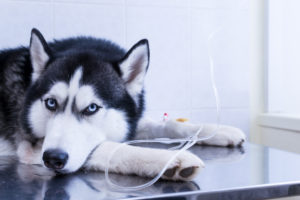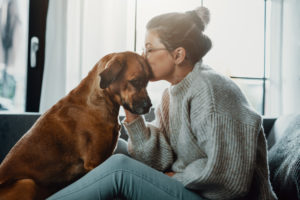The most popular method of payment at the vet: payment by invoice
If the pet is doing badly, pet owners only want one thing: The darling should get better as soon as possible, no matter what the cost! The latter is easy to say, because an operation can quickly cost several hundred or thousand francs.
Most pet owners choose the invoice payment method, if they have the choice at all. The advantage of this is that they can focus on their pet's recovery first and take care of the payment later. Unfortunately, this is rarely possible in reality; payment by invoice is almost an exception. The veterinarian usually expects the treatment costs to be borne immediately.
In some cases, new customers cannot even pay by invoice, which is especially the case with veterinary clinics. When asked, they indicate that it would be too risky to offer payment by invoice. After all, one does not know what the payment behavior of the animal owners is like. Regular customers can sooner pay by invoice, new customers then with cash or card.
It is different when it comes to a large invoice, for example for an operation. Here there are mostly cost estimates and down payments are required. The final invoice can then be paid in part by invoice or even in installments, as agreed. Usually both resident veterinarians and veterinary clinics try to find an amicable solution for everyone involved.
In the Small Animal Clinic at the University of Bern, it is customary to request a down payment equal to half the cost estimate, at least 500 francs must be paid. Then the remaining costs can also be paid by invoice.
Common animal treatment costs
Most often there are costs for the initial consultation, which results in further treatment. The first visit to the vet usually costs 50 to 60 francs. The x-ray costs around 130 francs, an ultrasound costs up to 230 francs. If it comes to treatment, anesthesia, infusions, medication, hospitalization and other services are offset, whereby average prices of between 60 and 100 francs can almost always be expected.
For every single item! Emergency treatments are more expensive, with an operation due to a dog's stomach twisting up to CHF 2,000, and a cruciate ligament rupture can cost up to CHF 3,000. The fracture is cheaper, but its treatment still costs around 1500 francs.
In an emergency, however, no veterinarian will refuse treatment because the pet owner has no money in his pocket and has raced straight to the clinic. However, an amicable solution must then be found, because the emergency treatment is of course not free of charge. Normally, despite the time pressure, the usual down payment costs are required, especially since this can be done in the waiting time.
Tip: If you save enough money and put it in a separate account while your animal is healthy, you will not be left penniless and can pay your darling the urgently needed treatment. Animal insurance also makes sense and covers the most important costs.
Conclusion Veterinary bills must be paid directly
As a rule, the following applies: A veterinary bill must always be paid immediately, even if there are individual solutions for the animal owner in an emergency. The most frequently requested payment method by invoice is only offered by a few veterinarians and mostly only for regular customers. The risk of being left with the costs is too great because the patient owners' payment behavior leaves something to be desired.
